El motor 6.0 Vortec, parte de la reconocida familia de motores de bloque pequeño de General Motors, se ha convertido en un referente en rendimiento y confiabilidad, tanto en aplicaciones de servicio ligero como pesado. Conocido por su robusta potencia, este motor ha demostrado su eficacia en una variedad de vehículos, desde camionetas de trabajo y furgonetas hasta SUV familiares. Su probada durabilidad y adaptabilidad lo convierten en uno de los favoritos tanto de usuarios comerciales como de entusiastas del alto rendimiento.
Antecedentes del motor Vortec 6.0
El motor Vortec 6.0 se ha forjado una sólida reputación de fiabilidad, ofreciendo un rendimiento sólido y constante en aplicaciones exigentes. Como parte de la familia de motores de bloque pequeño de GM, comparte elementos de diseño clave con otros motores V8, beneficiándose de décadas de desarrollo y perfeccionamiento. El motor está diseñado para ser versátil, ofreciendo una impresionante capacidad de remolque, capacidad de carga útil y una larga vida útil, lo que lo convierte en el favorito para todo tipo de vehículos, desde camiones de trabajo pesado hasta vehículos familiares de uso diario.

Duración de la producción
El motor 6.0 Vortec se introdujo a principios de la década de 2000 y se ha mantenido como un elemento básico en la gama de GM durante casi dos décadas. Su larga producción garantiza la disponibilidad de modelos usados para quienes buscan una opción confiable y económica. Gracias a su amplio uso tanto en vehículos comerciales como particulares, el 6.0 Vortec mantiene una gran demanda, atrayendo a un público amplio, desde propietarios de camionetas hasta entusiastas de vehículos de alto rendimiento.
Aplicaciones y versatilidad
Una de las principales razones por las que el motor 6.0 Vortec sigue siendo tan popular es su adaptabilidad a diferentes tipos de vehículos. En camiones de trabajo, el 6.0 Vortec destaca al transportar cargas pesadas y remolcar remolques grandes, lo que lo hace indispensable para industrias que requieren rendimiento y potencia. De igual manera, su presencia en furgonetas comerciales destaca su capacidad de rendimiento con uso constante, a menudo con cargas útiles considerables. Además, la potencia y la capacidad de remolque del 6.0 Vortec lo convierten en una excelente opción para SUV familiares, permitiendo tanto aventuras exigentes como la conducción diaria.
Intercambiabilidad y mantenimiento
Gracias a su diseño, el motor Vortec 6.0 comparte muchos componentes con otras variantes V8 más pequeñas, lo que hace que el mantenimiento y las reparaciones sean más rentables. Esta intercambiabilidad ofrece una clara ventaja para los propietarios, ya que las piezas son fáciles de conseguir y, a menudo, más económicas. Además, el amplio soporte posventa permite a los aficionados modificar fácilmente el motor para mejorar su rendimiento, ya sea mediante ajustes o añadiendo piezas de alto rendimiento.
Historia del desarrollo del motor Vortec 6.0
El Vortec 6.0 se introdujo en 2001 como parte de la serie de motores Vortec de GM, lo que marcó un paso significativo en la evolución de los motores V8 de bloque pequeño. A lo largo de los años, se ha beneficiado de numerosos avances tecnológicos, como sistemas de inyección de combustible mejorados, controles electrónicos y materiales de motor más resistentes para satisfacer las crecientes demandas de potencia y eficiencia.
-
Cronología de introducción y evolución: El motor 6.0 Vortec se introdujo por primera vez en 1999, inicialmente para las camionetas y SUV de servicio pesado de GM, como la Chevrolet Silverado 2500HD y la GMC Sierra 2500HD. En 2007, GM presentó la versión Gen IV, que incluía mejoras como la sincronización variable de válvulas (VVT) para optimizar el rendimiento y la eficiencia de combustible. Durante los años siguientes, nuevas actualizaciones del sistema de gestión de combustible mejoraron el control de emisiones y el ahorro de combustible, asegurando que el 6.0 Vortec se mantuviera competitivo tanto en potencia como en eficiencia. Esta constante evolución ha consolidado al 6.0 Vortec como una opción de motor de larga trayectoria en la gama de GM.
-
Avances tecnológicos : Con el paso de los años, el Vortec 6.0 recibió mejoras en eficiencia de combustible, durabilidad y cumplimiento de las normas de emisiones. Estas mejoras le permitieron mantenerse competitivo en un mercado cada vez más centrado en el ahorro de combustible y el impacto ambiental.
-
Impacto en la industria automotriz : El Vortec 6.0 contribuyó significativamente a consolidar la posición de GM en el mercado de camiones ligeros y pesados, estableciendo un estándar de rendimiento y confiabilidad para motores de su clase. Su adaptabilidad y rendimiento han inspirado el desarrollo de diversas variantes de alto rendimiento, convirtiéndolo en un motor crucial en la cartera de GM.
¿Cuánta potencia tiene el Vortec 6.0?
El motor Vortec 6.0 es conocido por su impresionante potencia, que varía según el modelo y la configuración. Las configuraciones de fábrica suelen generar entre 300 y 400 caballos de fuerza y entre 360 y 400 lb-pie de torque , según el vehículo.
-
Rango de potencia : En las configuraciones estándar, el Vortec 6.0 produce de 300 a 345 caballos de fuerza en la mayoría de las camionetas. Las versiones de alto rendimiento del motor, como las del Corvette y ciertas ediciones de alto rendimiento de la Silverado, superan este límite.
-
Comparación de potencia con distintos tipos de combustible : Si bien la mayoría de los motores Vortec 6.0 funcionan con gasolina, algunos modelos están diseñados para funcionar con mezclas de etanol E85, lo que puede afectar ligeramente la potencia. Generalmente, los modelos E85 pueden ofrecer una potencia ligeramente menor debido al menor contenido energético del etanol, pero la diferencia es mínima en la mayoría de las aplicaciones prácticas.
-
Potencial de aumento de potencia : Con modificaciones de posventa, como árboles de levas de alto rendimiento, colectores de admisión o inducción forzada, el motor Vortec 6.0 puede alcanzar un aumento significativo de potencia. Muchos entusiastas han logrado aumentar este motor a más de 500 caballos con las modificaciones adecuadas, convirtiéndolo en un motor de alto rendimiento.

El motor Vortec 6.0 se encuentra más comúnmente en:
- Chevrolet Silverado 2500HD (2001-2018)
- GMC Sierra 2500HD (2001-2018)
- Camioneta Chevrolet Express 3500 (2003-2014)
- Chevrolet Suburban 2500 (2000-2014)
- Chevrolet Tahoe (2000-2006)
Además, se ha utilizado en variantes de rendimiento especiales como el Chevrolet SSR y se ha modificado en varias configuraciones de camiones de trabajo para adaptarse a necesidades comerciales específicas.
Problemas comunes y consejos de confiabilidad
Si bien el Vortec 6.0 es altamente confiable, pueden surgir algunos problemas comunes con el uso intensivo o a largo plazo:
- Sistema de enfriamiento y bomba de agua: Las condiciones de alta carga pueden provocar desgaste del sello de la bomba de agua y fugas de refrigerante; se recomienda una inspección regular.
- Desgaste del árbol de levas y los taqués: Los primeros motores con alto kilometraje pueden presentar desgaste del árbol de levas o problemas en los taqués, lo que provoca ruido en el motor. Usar aceite de calidad y respetar los intervalos de mantenimiento ayuda a prevenirlo.
- Acumulación de carbonilla: Los colectores de admisión y las válvulas pueden acumular carbonilla, lo que afecta la eficiencia. Una limpieza periódica puede prevenir la pérdida de rendimiento.
- Desgaste de sellos y cilindros: Los motores más viejos pueden consumir más aceite; se recomienda verificar los niveles de aceite y reemplazar los sellos o anillos del pistón cuando sea necesario.
Economía y eficiencia de combustible
Como V8 de gran cilindrada, el 6.0 Vortec equilibra potencia y eficiencia razonablemente bien:
- Conducción en ciudad: 12–15 mpg
- Carretera/Autopista: 16–20 mpg
- Remolque/Carga pesada: 10–12 mpg
Consejos para mejorar el ahorro de combustible:
- Reemplace los filtros de aire y las bujías periódicamente
- Mantenga la presión adecuada de los neumáticos
- Evite conducir a altas revoluciones por minuto durante períodos prolongados
Bloques de motor Vortec 6.0
| Especificación | Detalle |
|---|---|
| Números de casting | 12561168, 12551168 |
| Material | Hierro fundido o aluminio (según la aplicación) |
| Desplazamiento | 6,0 L (364 pulgadas cúbicas) |
| Diámetro x carrera | 4,00” x 3,62” |
| Altura de la cubierta | 9.240” |
| Altura del bloque | 9.250” |
| Tamaño del diario principal | 2,45” |
| Tamaño del muñón del árbol de levas | 1,85” |
| Espesor de la pared del cilindro | 0,250” |
Conjunto giratorio Vortec 6.0
| Especificación | Detalle |
|---|---|
| Material del pistón | Aluminio fundido |
| Tipo de pistón | Tapa plana con alivios de válvula |
| Relación de compresión | 9,4:1 (varía según la aplicación) |
| Material de la biela | Acero forjado |
| Longitud de la varilla | 6.098” |
| Material del cigüeñal | Acero forjado |
| Carrera del cigüeñal | 3,62” |
| Equilibrado del cigüeñal | Equilibrio externo |
Culatas Vortec 6.0
| Especificación | Detalle |
|---|---|
| Números de casting | 12559854, 12560058 |
| Material | Aluminio |
| Volumen de la cámara de combustión | 64 cc |
| Tamaños de válvulas | Admisión de 2,00”, escape de 1,55” |
| Tipo de válvula | 2 piezas (acero inoxidable) |
| Volumen del puerto de admisión | 200 cc |
| Volumen del puerto de escape | 75 cc |
| Tipo de colector de admisión | Aluminio (varía según la aplicación) |
| Forma del puerto de escape | En forma de D |
Especificaciones de la leva Vortec 6.0
| Especificación | Detalle |
|---|---|
| Números de pieza | 12562317, 12562318 |
| Duración | 204° de admisión, 212° de escape |
| Elevación de válvula | 0,474” de admisión, 0,474” de escape |
| Separación de lóbulos | 112° |
| Tipo de árbol de levas | Rodillo hidráulico |
| Momento | 4-7 grados avanzados (dependiendo de la variante) |
| Accionamiento del árbol de levas | Accionado por cadena |
Especificaciones del tren de válvulas Vortec 6.0
| Especificación | Detalle |
|---|---|
| Longitud de la varilla de empuje | 7.400” |
| Relación del balancín | 1.7:1 |
| Tipo de balancín | Balancines de acero estampado o de rodillos (según variante) |
| Resortes de válvula | Resortes de válvula dobles |
| Presión del resorte de la válvula | 85 libras a 1,800” de compresión (varía según la aplicación) |
| levantadores | Elevadores de rodillos hidráulicos |
| Cojinetes del árbol de levas | Tamaño de diario estándar (2.000”) |
Otras especificaciones clave del Vortec 6.0
| Especificación | Detalle |
|---|---|
| Colector de admisión | Compuesto o aluminio (según variante) |
| Cuerpo del acelerador | 70 mm o 78 mm (según el modelo) |
| Inyectores de combustible | 30 lb/h (varía según la aplicación del vehículo) |
| Bomba de combustible | 58-60 psi |
| Capacidad de aceite | 6 cuartos (con filtro) |
| Capacidad del sistema de enfriamiento | 14-16 cuartos (varía según el modelo) |
| Relación de compresión | 9.4:1 (estándar) |
| Tamaño de la polea del cigüeñal | 6.0” |
| Volante/placa flexible | 168 dientes, 12,5” de diámetro (según la aplicación) |
Aplicaciones comunes
El 6.0 Vortec se encuentra más comúnmente en:
- Chevrolet Silverado 2500HD (2001–2018)
- GMC Sierra 2500HD (2001-2018)
- Camioneta Chevrolet Express 3500 (2003–2014)
- Chevrolet Suburban 2500 (2000–2014)
- Chevrolet Tahoe (2000–2006)
Las variantes de rendimiento especiales incluyen el Chevrolet SSR y camionetas de trabajo personalizadas.
Ejemplos de modificación del rendimiento
El diseño robusto del 6.0 Vortec y la comunidad de piezas lo convierten en una opción popular para actualizaciones de rendimiento en el mercado de accesorios:
- Admisión y escape de aire: Los filtros de aire de alto flujo, la admisión de aire frío , los colectores de escape de alto rendimiento y los sistemas de escape de flujo libre mejoran la ventilación y la potencia. Para obtener una guía detallada sobre cómo elegir los mejores colectores para su Vortec 6.0, consulte " Los mejores colectores para Vortec 6.0: Guía para mejorar el rendimiento".
- Ajuste de la ECU: la reprogramación de la ECU optimiza la inyección de combustible y el tiempo de encendido, aumentando entre 20 y 40 hp.
- Inducción forzada: Los supercargadores o turbocompresores pueden aumentar la potencia a más de 500 hp; las actualizaciones del sistema de combustible y enfriamiento son necesarias para lograr confiabilidad.
- Mejoras internas: árboles de levas de alto rendimiento, pistones forjados y bielas más resistentes mejoran la durabilidad y el rendimiento a altas RPM.
Conclusión
El motor Vortec 6.0 se erige como uno de los motores más fiables y versátiles de la gama GM, con una trayectoria comprobada tanto en aplicaciones comerciales como de alto rendimiento. Su capacidad para ofrecer un rendimiento excepcional manteniendo la eficiencia de combustible lo ha convertido en uno de los favoritos entre los conductores que buscan potencia y fiabilidad. Ya sea en camiones de trabajo o vehículos familiares, el Vortec 6.0 ofrece un equilibrio excepcional entre rendimiento y durabilidad, con amplias posibilidades de mejora mediante modificaciones.
El legado continuo del 6.0 Vortec consolida su lugar como un motor de alto rendimiento que sigue siendo relevante en el mercado actual, ofreciendo a los entusiastas y conductores la oportunidad de aprovechar todo su potencial.
Preguntas frecuentes (FAQ) – Motor Vortec 6.0
P1. ¿Qué vehículos suelen utilizar el motor Vortec 6.0?
El motor Vortec 6.0 se encuentra en la Chevrolet Silverado 2500HD, la GMC Sierra 2500HD, la camioneta Chevrolet Express 3500, la Chevrolet Suburban 2500 y la Chevrolet Tahoe. Las variantes de rendimiento especial incluyen la Chevrolet SSR y camionetas de trabajo personalizadas.
P2. ¿Cuánta potencia y torque produce el 6.0 Vortec?
Las configuraciones de fábrica producen entre 300 y 345 caballos de fuerza y entre 360 y 400 lb-pie de torque, según el vehículo y el año del modelo. Las versiones de alto rendimiento o los motores modificados pueden superar los 500 caballos de fuerza.
P3. ¿El motor Vortec 6.0 es confiable para uso a largo plazo?
Sí. El 6.0 Vortec es conocido por su durabilidad y longevidad, especialmente cuando se mantiene adecuadamente con cambios regulares de aceite, controles de refrigerante y atención a los componentes propensos al desgaste, como el árbol de levas y los elevadores.
P4. ¿Cuáles son los problemas comunes con el Vortec 6.0?
Los problemas comunes incluyen fugas en la bomba de agua o el sistema de refrigeración, desgaste del árbol de levas y los taqués en motores de alto kilometraje, acumulación de carbonilla en las válvulas de admisión y consumo de aceite debido al desgaste de los sellos o anillos de pistón. El mantenimiento regular mitiga la mayoría de los problemas.
P5. ¿Cuál es el consumo de combustible del motor Vortec 6.0?
El ahorro de combustible varía según el vehículo y la carga: alrededor de 12 a 15 mpg en la ciudad, 16 a 20 mpg en carreteras y 10 a 12 mpg en condiciones de remolque o carga pesada.
P6. ¿Se puede modificar el Vortec 6.0 para obtener más potencia?
Sí. Las modificaciones más populares incluyen admisión y escape de alto flujo, ajuste de la ECU, árboles de levas de alto rendimiento e inducción forzada (supercargadores o turbos), que pueden aumentar la potencia a más de 500 hp.
P7. ¿Cómo se compara el Vortec 6.0 con competidores como el Powerstroke 6.0 de Ford o el HEMI 5.7 de Dodge?
El Vortec 6.0 destaca por su fiabilidad, disponibilidad de piezas y potencial en el mercado de repuestos. Motores diésel como el Powerstroke ofrecen mayor par y eficiencia de combustible, mientras que el HEMI ofrece un gran rendimiento, pero puede tener un mayor coste de las piezas.
P8. ¿Es costoso el mantenimiento del Vortec 6.0?
El mantenimiento suele ser asequible gracias a la compatibilidad de piezas con otros motores V8 de GM. Se recomienda realizar revisiones periódicas de aceite, filtro y refrigerante. El servicio posventa es excelente, lo que ayuda a mantener los costos de reparación y actualización a un nivel razonable.
P9. ¿El Vortec 6.0 puede soportar remolques pesados y uso comercial?
Por supuesto. El alto par motor y su diseño robusto lo hacen ideal para remolcar remolques grandes, transportar cargas pesadas y realizar operaciones comerciales continuas en furgonetas y camiones.
P10. ¿Qué hace que el Vortec 6.0 sea una buena opción para los entusiastas?
Su combinación de confiabilidad, potencial de rendimiento y soporte posventa lo hace popular entre los entusiastas. Es fácil de modificar para obtener mayor potencia, ideal para camionetas, SUV y vehículos de alto rendimiento, manteniendo al mismo tiempo una larga durabilidad.
¡Última oportunidad! ¡Llegaron los descuentos por tiempo limitado de FlashArk Racing!
¡No te pierdas estas ofertas exclusivas! FlashArk Racing ofrece increíbles promociones por tiempo limitado para ayudarte a mejorar tu equipo y accesorios de carreras a precios inmejorables. Consulta nuestros descuentos actuales:
- 10% de descuento adicional en todos los colectores de escape
- 11% de descuento adicional en todos los escapes Catback
- 12% de descuento adicional en todos los escapes de bajante
- 11% de descuento adicional en todos los convertidores catalíticos
- 13% de descuento adicional en la entrada de aire frío
- 15% de descuento adicional en el tubo de eliminación de DPF y CAT
¡Date prisa, estas ofertas están disponibles por tiempo limitado! Haz clic en el enlace de abajo para aprovechar tu descuento ahora mismo:
👉 ¡ Haz clic aquí para visitar la página de descuento de Flashark y reclamar tu oferta!


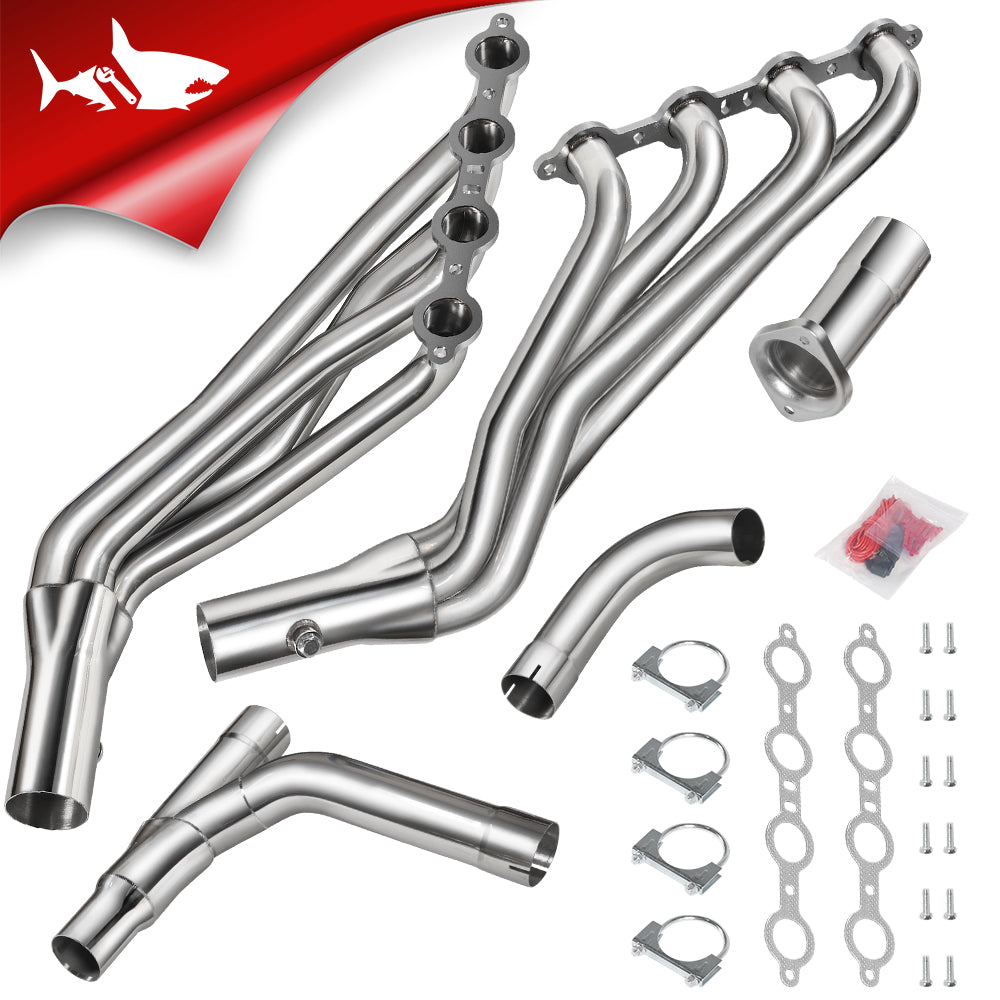
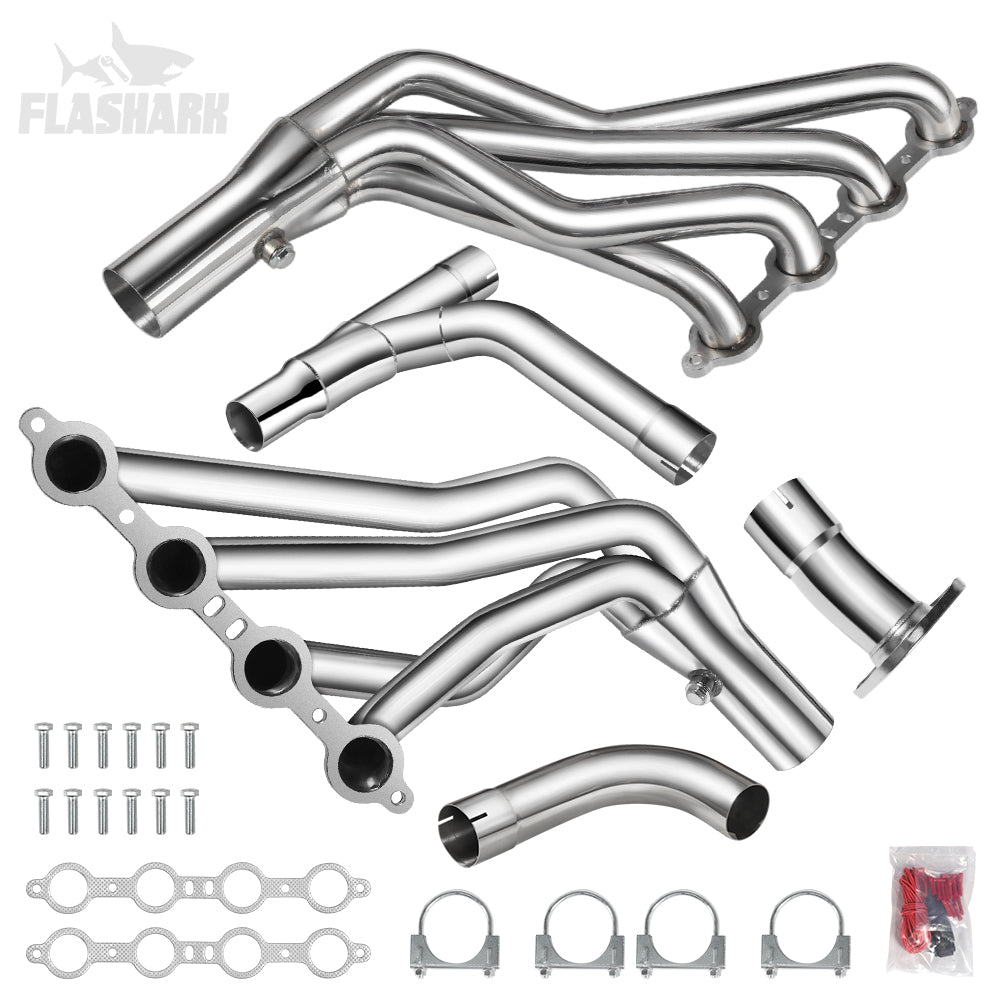
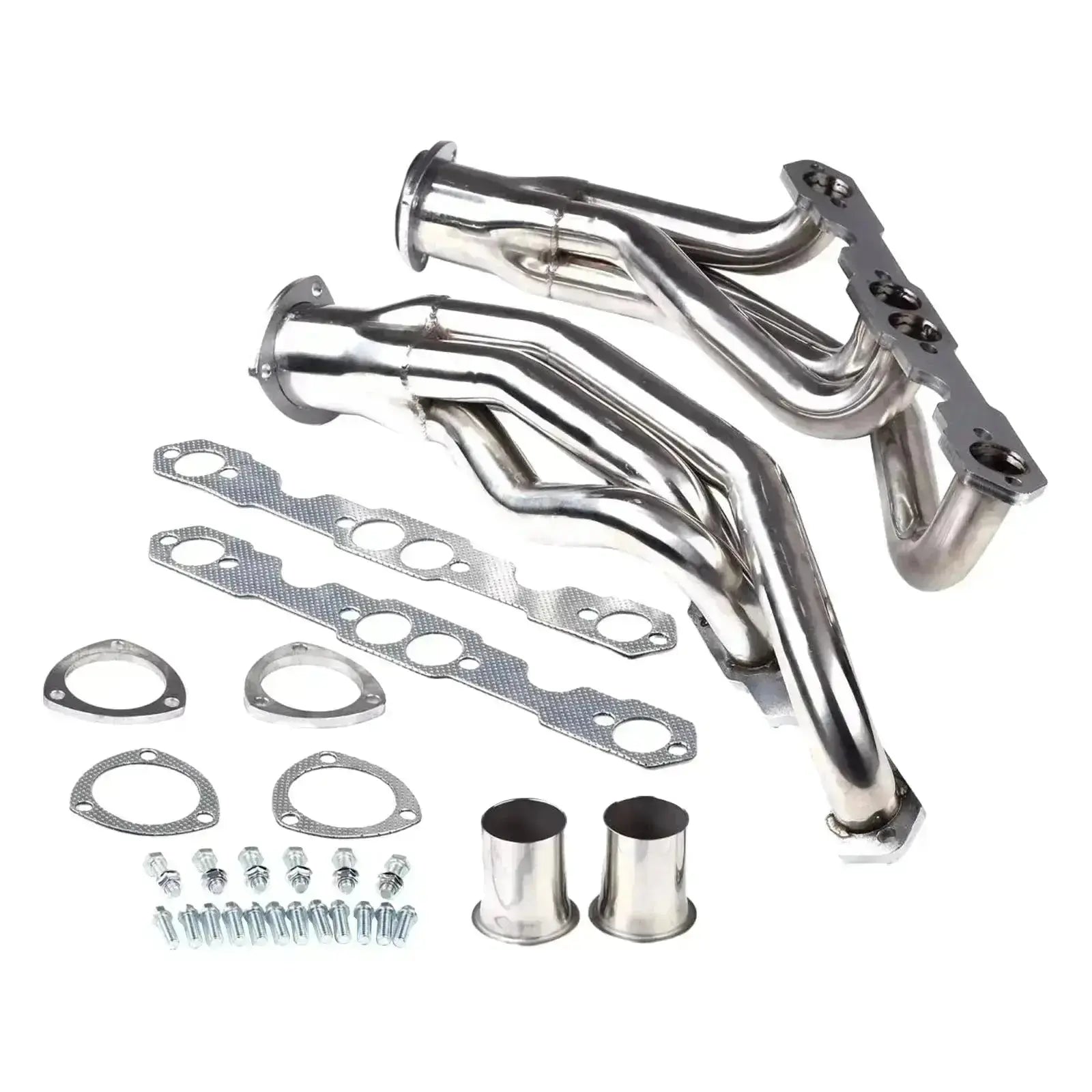
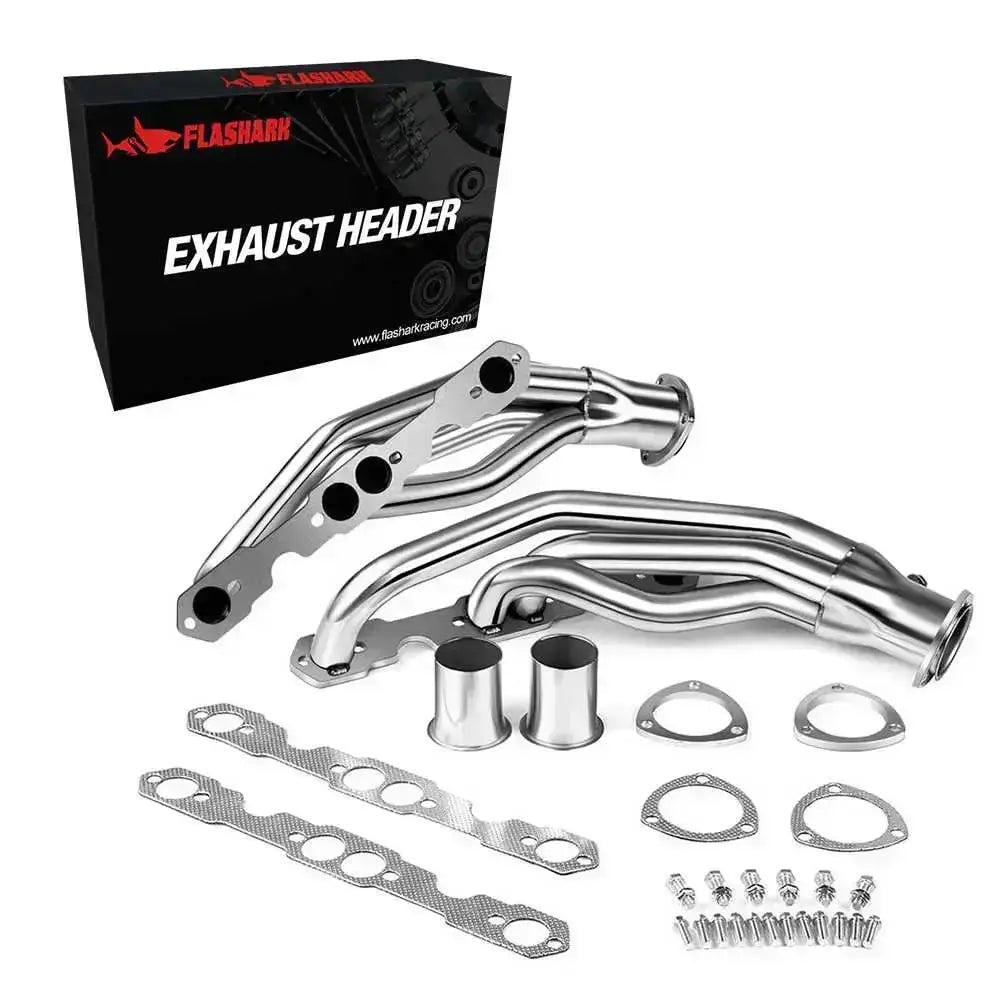
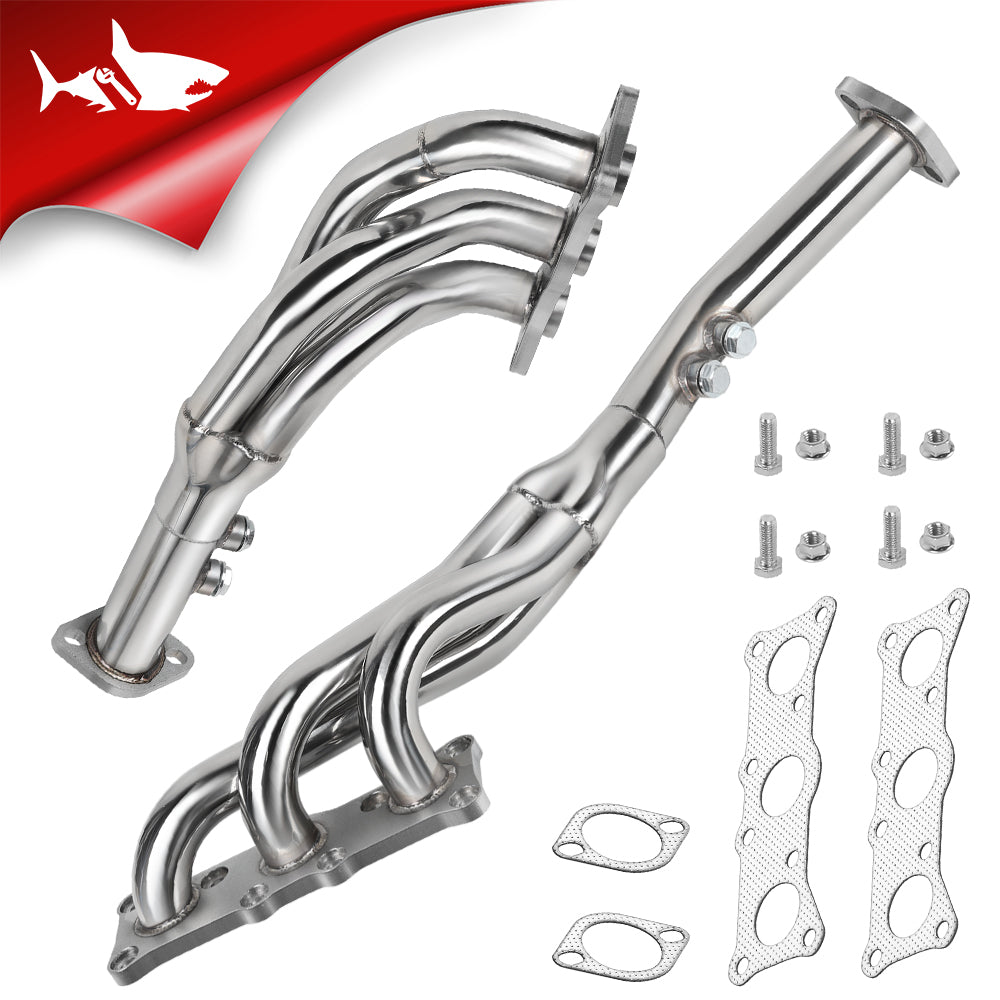
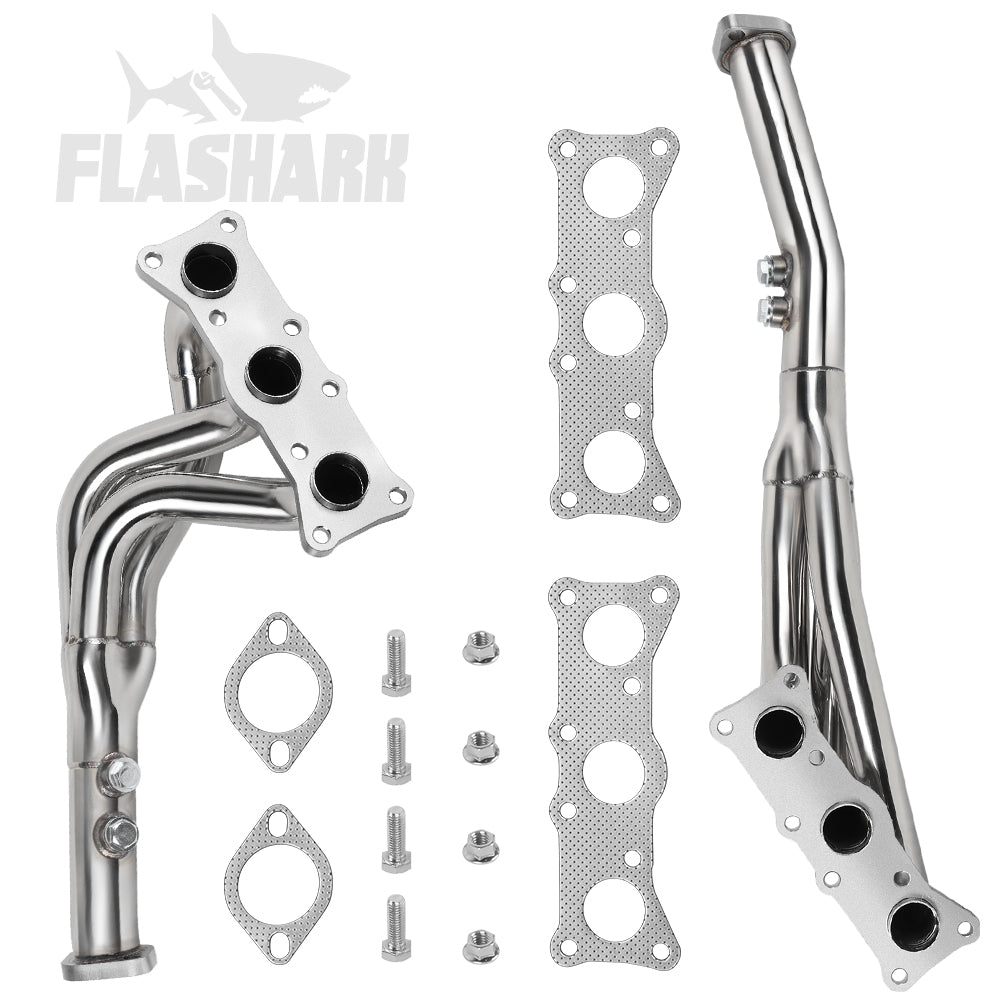
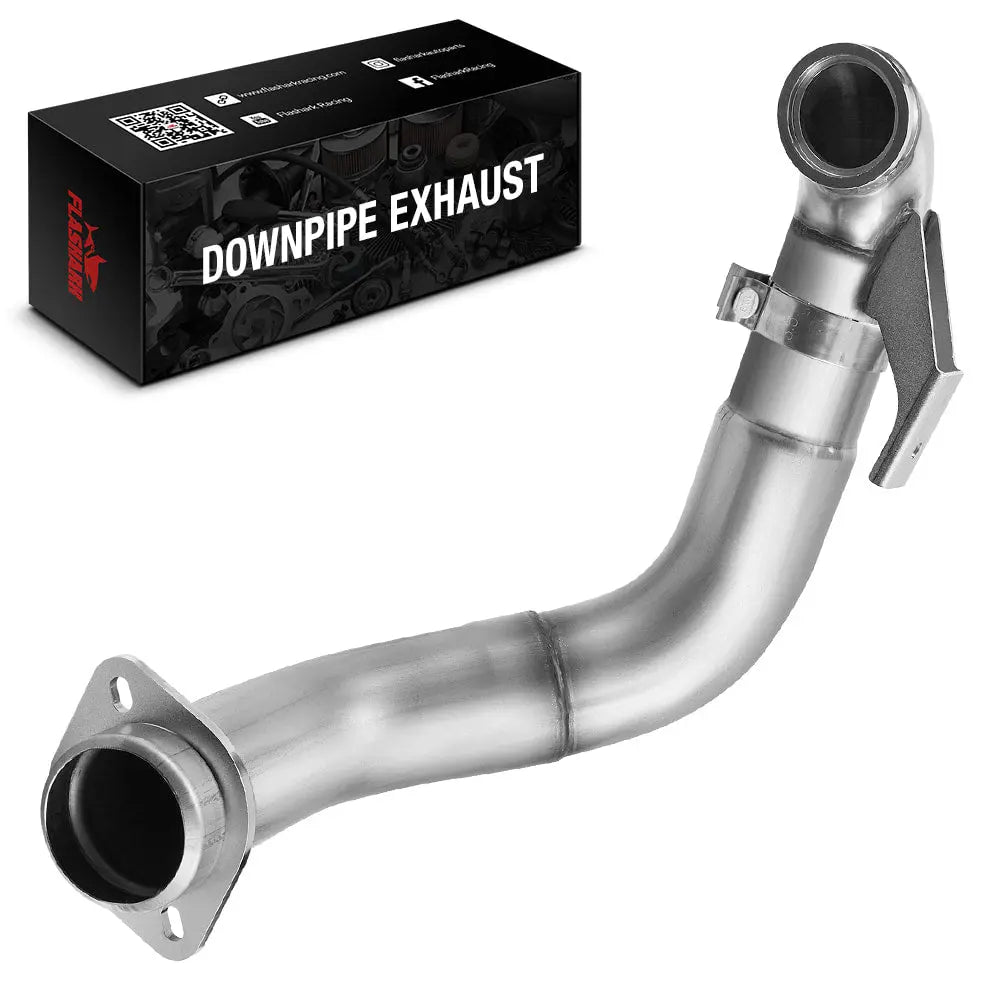
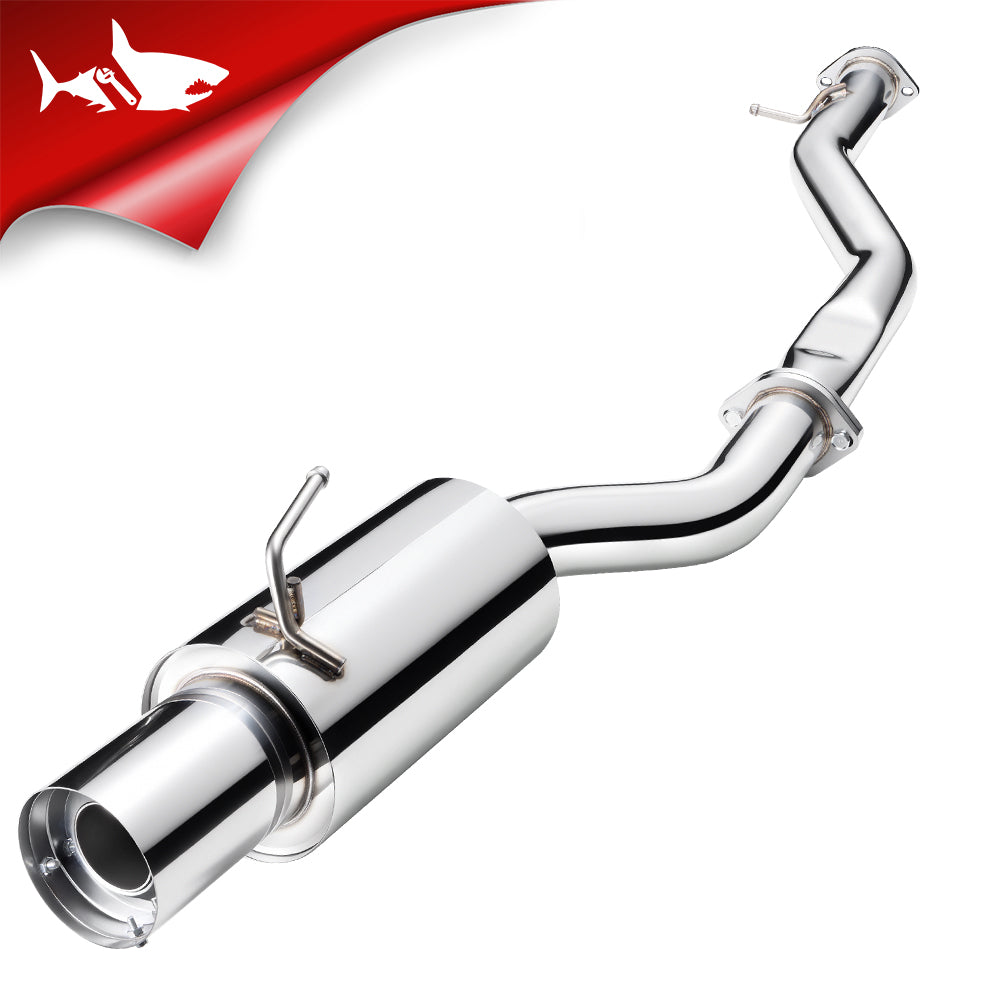
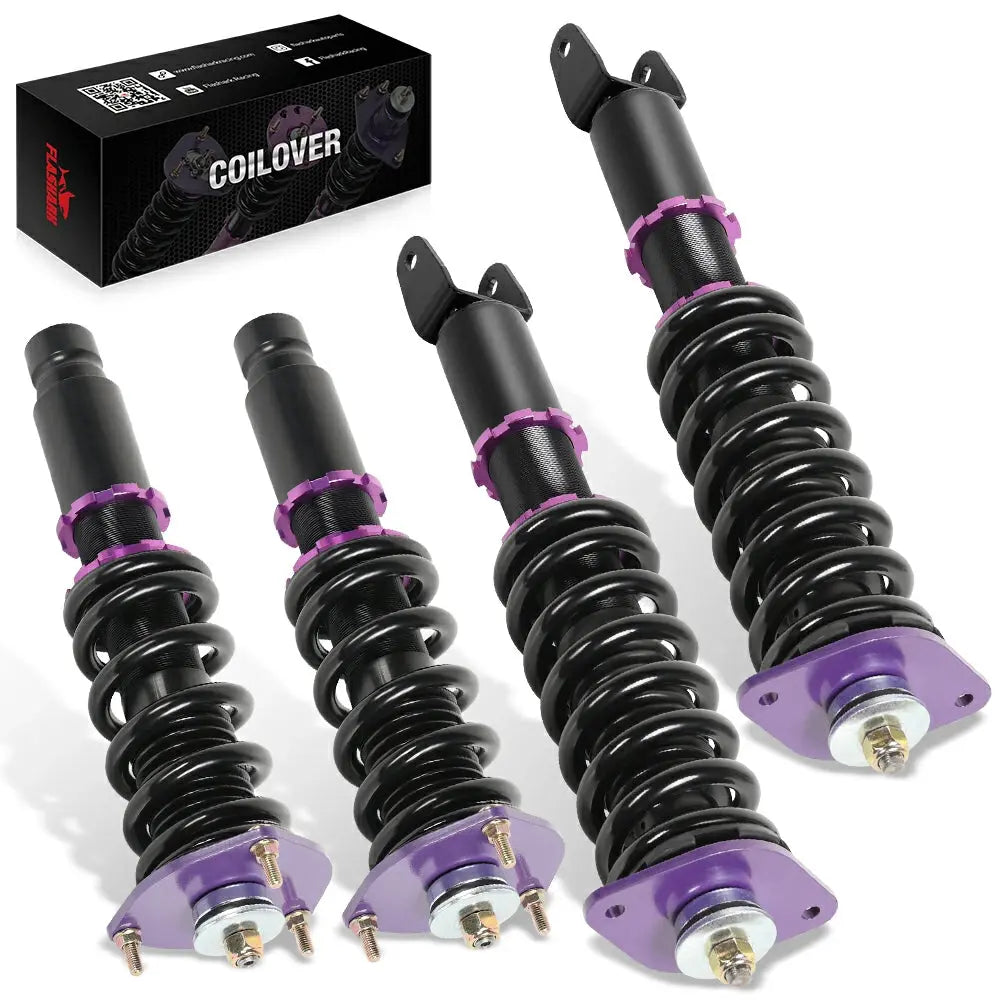
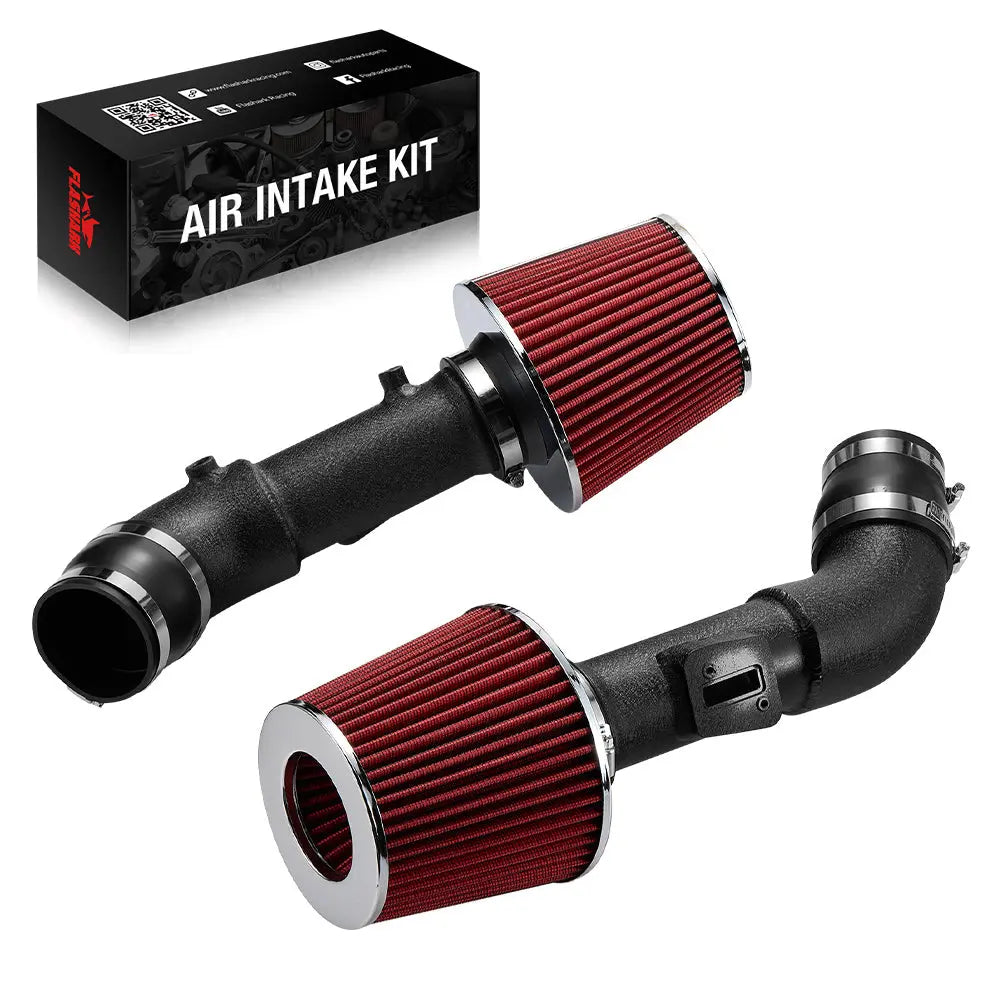
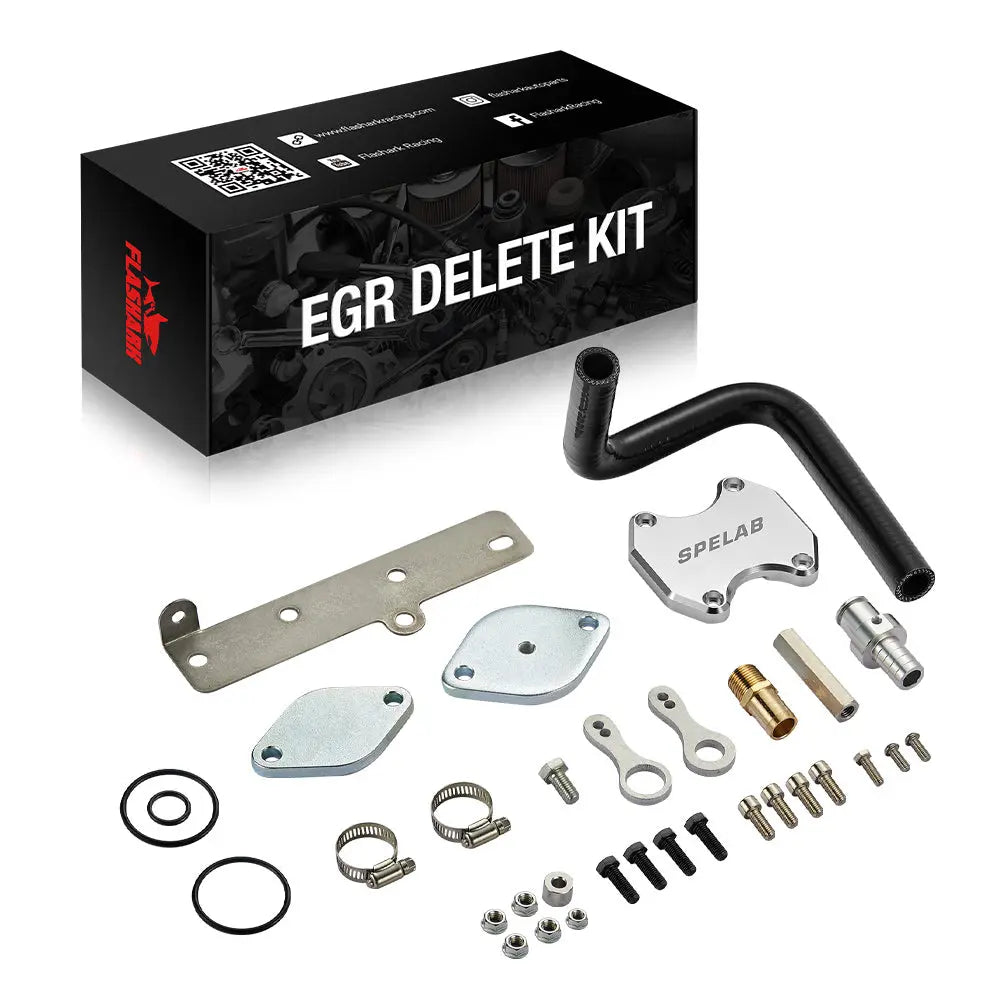
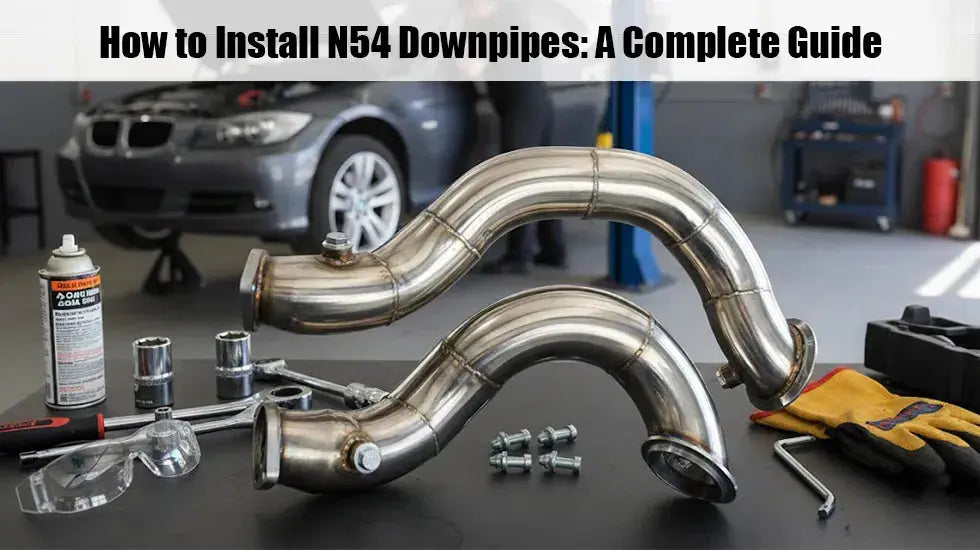


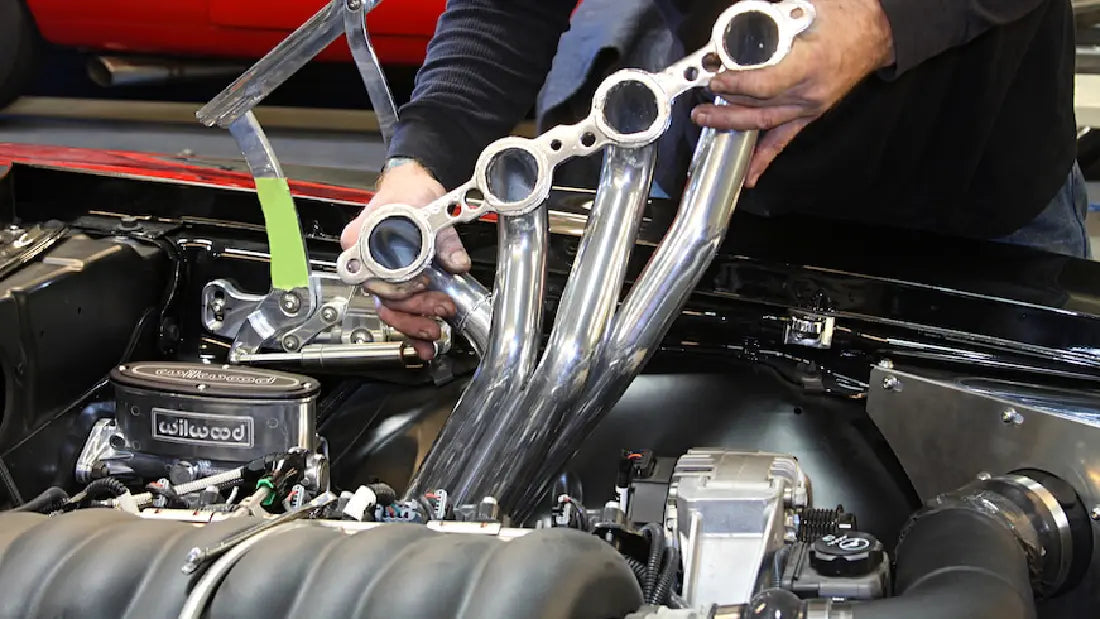
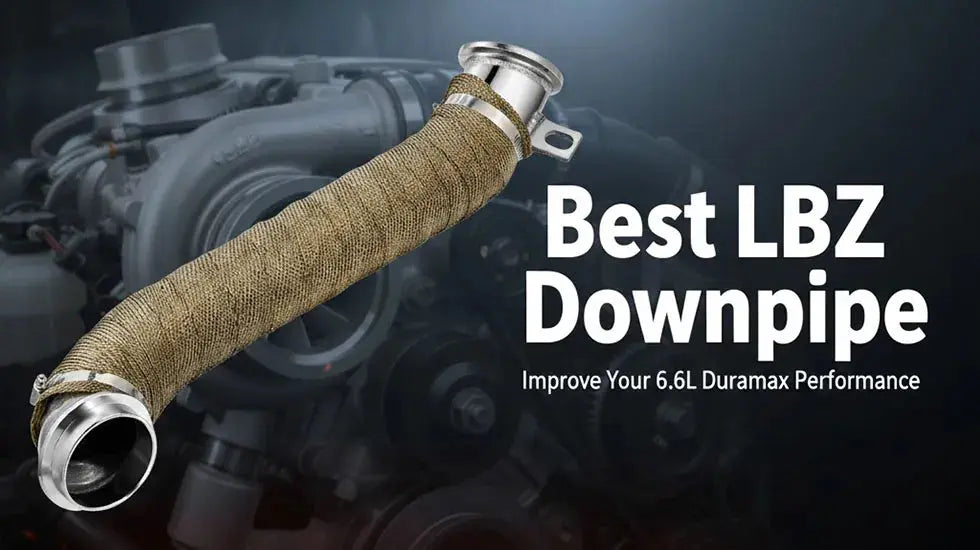
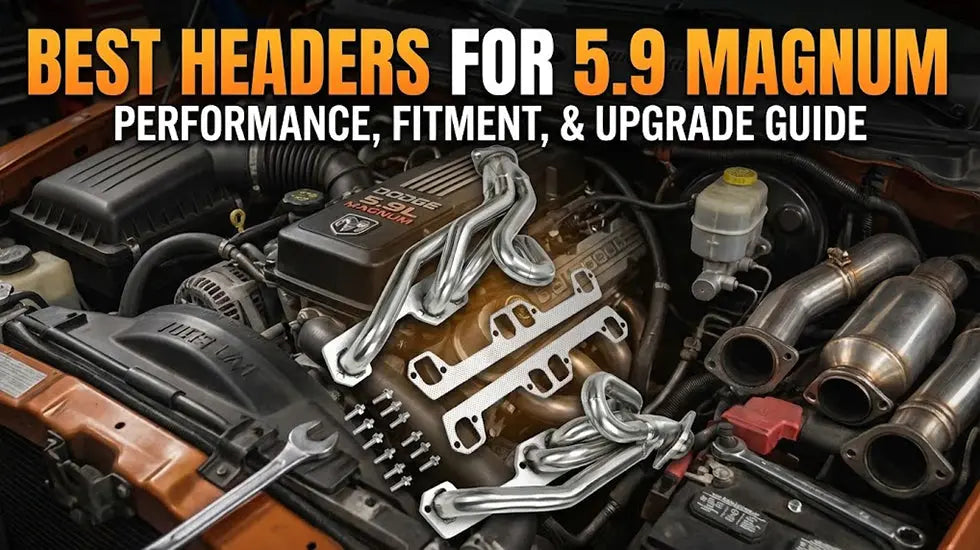
1 comentario
Darrell
What’s the best type of gas to use in your vehicle when you have this engine but your vehicle is over 20 years old?